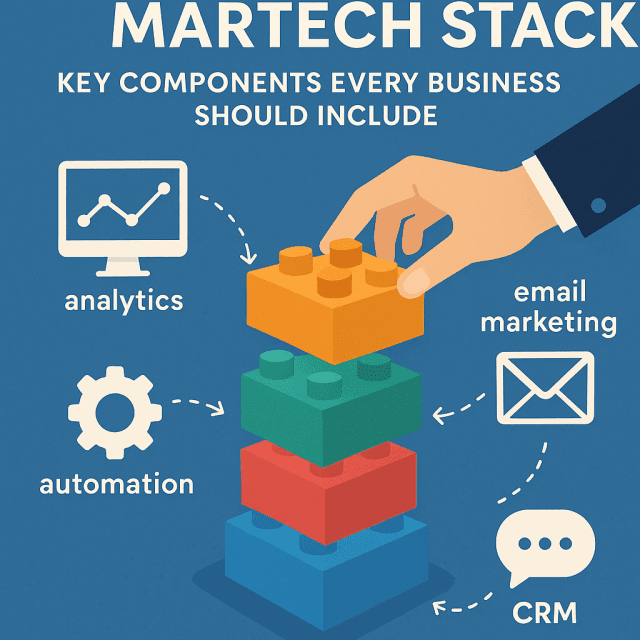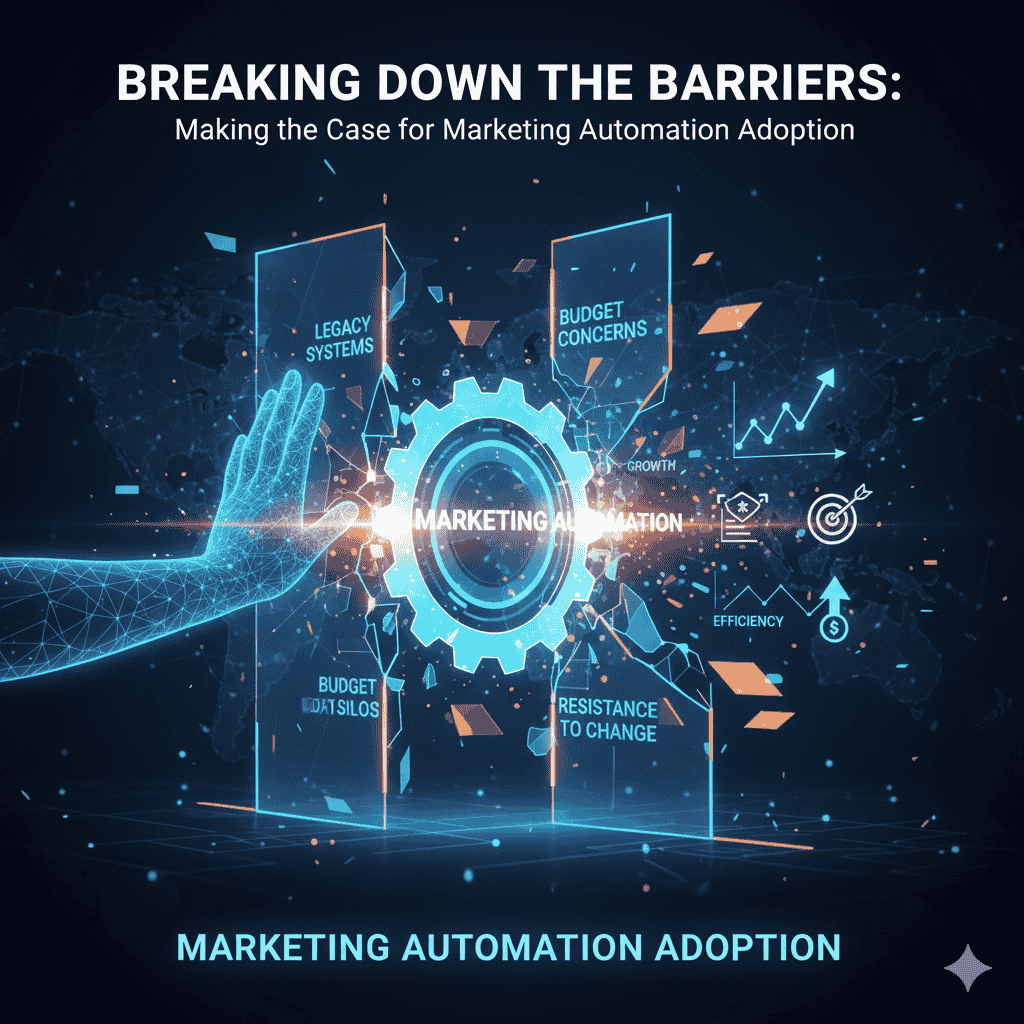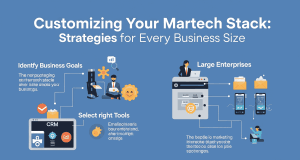In the rapidly evolving landscape of digital marketing, having a well-defined marketing technology (Martech) stack is essential for businesses seeking to optimize their marketing efforts and drive growth. A Martech stack is a collection of technologies used to manage and execute marketing activities, analyze data, and enhance customer engagement. Here, we’ll explore the key components that every business should consider when building a robust Martech stack.
1. Customer Relationship Management (CRM) Systems
A CRM system is the backbone of your marketing efforts. It helps businesses manage relationships and interactions with potential and existing customers. Key functionalities include:
- Contact Management: Store and manage customer data for personalized marketing.
- Sales Tracking: Monitor sales pipelines and integrate with marketing efforts.
- Analytics: Provide insights into customer behavior and sales performance.
Popular CRM platforms include Salesforce, HubSpot, and Zoho.
2. Marketing Automation Platforms
Marketing automation tools streamline repetitive tasks, allowing marketers to focus on strategy and creativity. Key features include:
- Email Marketing Automation: Create and schedule marketing emails tailored to various customer segments.
- Lead Scoring: Assess the quality of leads based on engagement and interaction.
- Campaign Management: Manage omnichannel campaigns and track performance across different platforms.
Leading solutions include Marketo, Pardot, and Mailchimp.
3. Content Management Systems (CMS)
A robust CMS is essential for creating, managing, and optimizing digital content. It allows businesses to engage audiences through blogs, landing pages, and other digital assets. Key benefits include:
- SEO-Optimized Content: Tools for optimizing website content for search engines.
- User-Friendly Interface: Simplifies the content creation process for non-technical staff.
- Integration: Connect with other tools in your Martech stack for seamless content distribution.
Popular CMS platforms include WordPress, Drupal, and Wix.
4. Data Analytics and Business Intelligence Tools
In an age where data drives decisions, having analytics tools is non-negotiable. These tools help businesses understand consumer behavior, measure performance, and extract actionable insights. Key features include:
- Real-Time Reporting: Monitor and analyze campaign performance in real-time.
- Data Visualization: Create intuitive dashboards to make data more understandable.
- Attribution Modeling: Understand where conversions are coming from to optimize marketing spend.
Google Analytics, Tableau, and Looker are among the notable tools in this space.
5. Social Media Management Tools
Social media has become a cornerstone of digital marketing. Social media management tools enable businesses to engage with their audience, schedule posts, and analyze performance across various platforms. Key functionalities include:
- Post Scheduling: Plan and automate social media posts to maintain consistent engagement.
- Monitoring and Listening: Track brand mentions and engagement across social channels.
- Analytics: Measure social media ROI and understand audience engagement dynamics.
Popular tools include Hootsuite, Buffer, and Sprout Social.
6. Customer Data Platforms (CDP)
A CDP collects and organizes data from various customer touchpoints, creating a comprehensive view of each customer. This data can enhance personalization and targeted marketing strategies. Key benefits include:
- Unified Customer Profiles: Combine data from multiple sources to develop detailed customer profiles.
- Segmentation: Enable more effective marketing strategies by segmenting audiences based on behavior.
- Integrations: Work seamlessly with other tools in your Martech stack to drive personalized experiences.
Examples include Segment, BlueConic, and Elegantly.
7. Search Engine Optimization (SEO) Tools
For businesses looking to improve organic search visibility, SEO tools are essential. These tools help optimize content, track rankings, and analyze competitors. Key features include:
- Keyword Research: Identify high-potential keywords to target in your content strategy.
- Site Audits: Analyze your website for SEO performance and suggest improvements.
- Backlink Analysis: Track backlinks and monitor competitors’ strategies.
Top tools in this category include SEMrush, Ahrefs, and Moz.
8. E-commerce Platforms
For businesses involved in online sales, a robust e-commerce platform is crucial. These platforms manage product listings, inventory, and transactions while providing a seamless shopping experience. Key features include:
- Payment Gateway Integration: Simplify payment processing for customers.
- Inventory Management: Track stock levels and automate reordering.
- Customer Experience Enhancements: Offer features like personalized recommendations and seamless checkout.
Popular e-commerce platforms include Shopify, WooCommerce, and BigCommerce.
Conclusion
Building an effective Martech stack requires careful consideration of the tools and technologies that best fit your business needs. Each component plays a critical role in enabling a holistic marketing strategy, driving customer engagement, and providing actionable insights. By thoughtfully integrating these components, businesses can create a powerful Martech stack that enhances their marketing efforts and contributes to sustained growth in today’s competitive landscape. As technology continues to evolve, regularly assessing and updating your stack will ensure that you remain agile, innovative, and ready to meet the demands of your audience.








